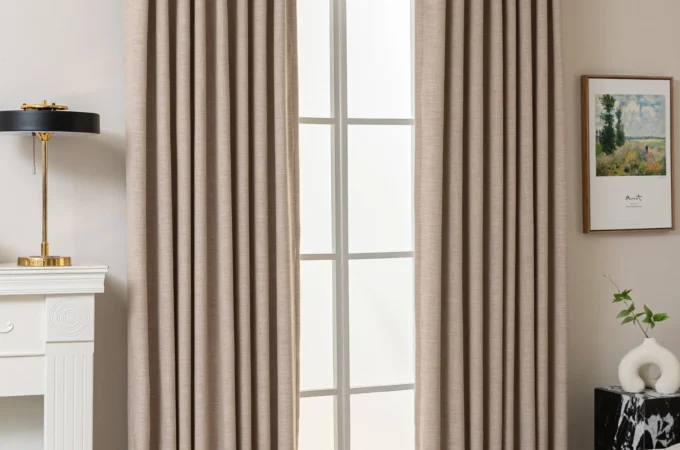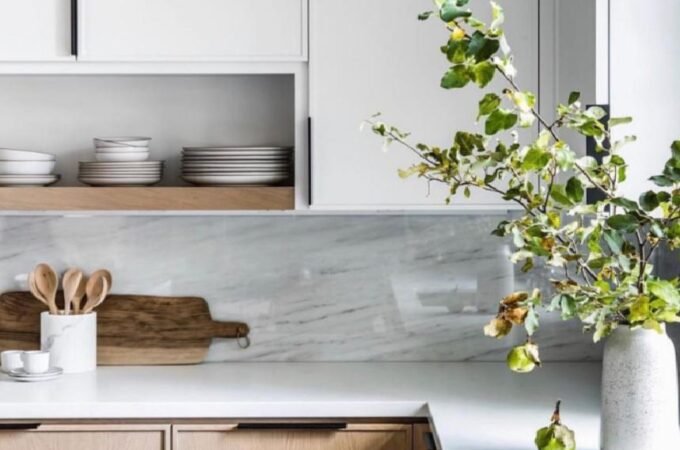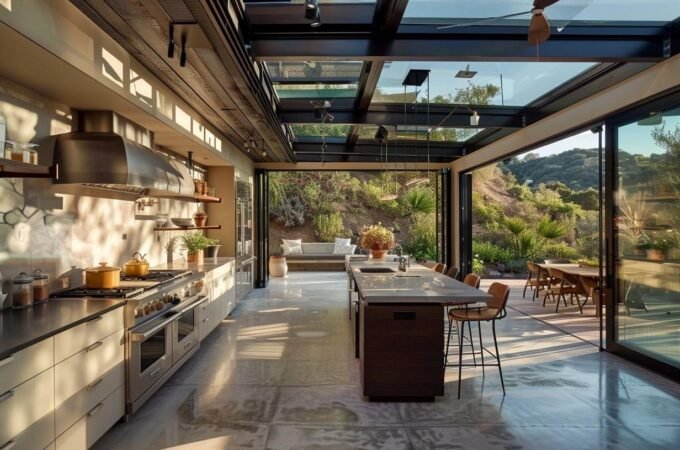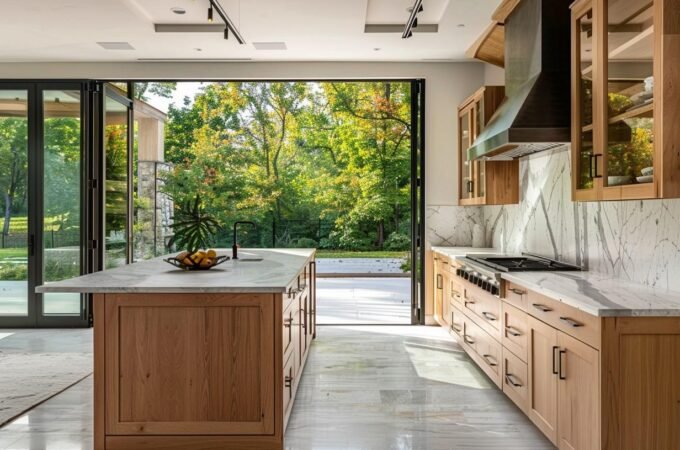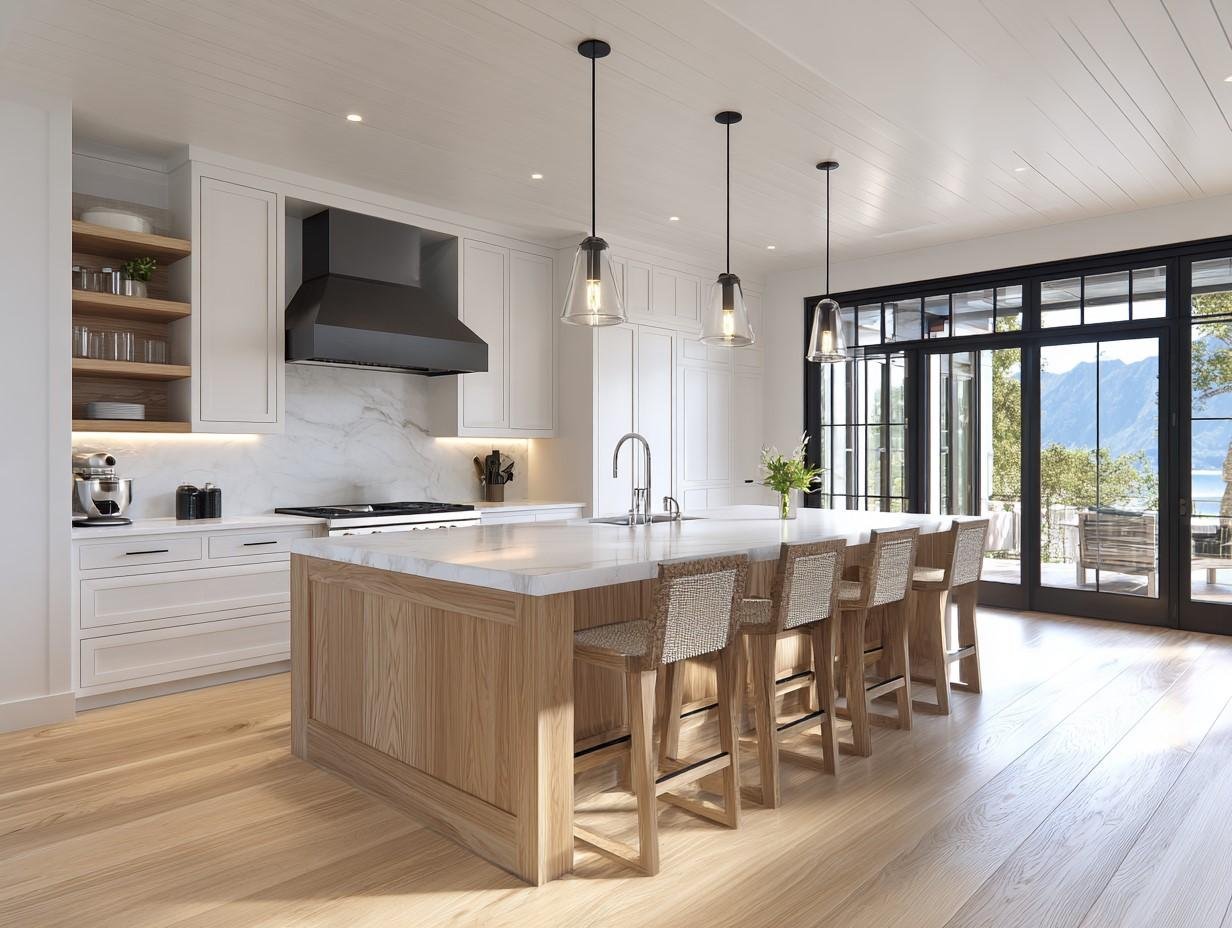
Oak Kitchen Cabinets Rich Texture Lasting Appeal
Few materials have stood the test of time in kitchen design quite like oak kitchen cabinets. With their deep, natural grain and unmistakable texture, oak cabinets bring a warmth and richness that instantly elevates any kitchen space. From rustic farmhouse kitchens to sleek modern designs, oak remains a versatile, durable, and aesthetically pleasing option.
Whether you’re remodeling an outdated kitchen or building from scratch, oak offers the perfect balance of beauty, strength, and long-term value. In this guide, we’ll explore what makes oak so unique, its design adaptability, and why it continues to be a favorite among homeowners and interior designers alike.
What Makes Oak Kitchen Cabinets Stand Out?
Oak is a hardwood known for its distinct grain patterns, rich texture, and superior durability. When used in cabinetry, oak provides a tactile surface that instantly communicates quality and craftsmanship. No two oak cabinets are exactly alike—the grain variations ensure a natural, organic look that feels warm and inviting.
There are two primary types of oak used in kitchen cabinetry: red oak and white oak.
- Red oak has a warmer, reddish undertone and a more prominent, open grain. It’s often used in traditional or rustic kitchen designs.
- White oak leans toward beige, tan, or slightly gray tones, offering a more neutral and modern appearance. It has a tighter, straighter grain and is often favored in high-end custom cabinetry.
Both types are extremely strong, making oak a reliable choice for high-use spaces like the kitchen. Oak also takes stain and finishes well, offering endless customization for your personal style.
Style Versatility: Oak in Modern and Classic Kitchens
One of the greatest advantages of oak cabinets is their style versatility. Long associated with traditional design, oak has evolved to fit contemporary kitchens just as comfortably.
In traditional and farmhouse-style kitchens, oak’s natural texture shines when paired with ornate molding, classic hardware, and warm color palettes. The natural grain complements antique bronze fixtures, stone countertops, and decorative tile backsplashes.
For modern and transitional kitchens, flat-panel oak cabinetry finished in matte or wire-brushed textures offers a sleek, minimalist appeal. White oak, in particular, is favored in Scandinavian, Japandi, and contemporary spaces. It pairs effortlessly with black hardware, quartz countertops, and integrated lighting.
Designers often incorporate oak cabinetry into mixed-material kitchens as well—blending it with painted cabinets, glass, or metal for a high-contrast, layered look. Oak’s earthy warmth brings balance to bolder or cooler design elements, making it an ideal foundation material.
Popular Finishes for Oak Cabinets
Oak cabinets offer incredible flexibility when it comes to finishes. Whether you’re aiming for something modern, rustic, or somewhere in between, the right finish can transform the overall look.
Natural and Clear-Coated Oak
Letting oak’s natural grain show through a clear sealant is one of the most popular finish choices today. This approach highlights the wood’s organic beauty while protecting the surface from moisture and stains.
Stained Oak
Staining oak can deepen or shift its tone to better match your overall palette. Popular stain colors range from honey and chestnut to walnut and ebony. Darker stains give oak a more formal, contemporary look, while lighter stains maintain a soft, casual warmth.
Wire-Brushed and Cerused Finishes
These finishes enhance oak’s pronounced grain by applying a secondary color into the grooves or brushing away softer wood for a textured effect. The result is an elevated, designer look that adds dimension and character.
Painted Oak
Although less common, oak can also be painted—especially in muted tones like white, gray, or sage. Because of oak’s prominent grain, even painted cabinets often retain visible texture, giving them a uniquely tactile feel.
Color Pairings That Work with Oak Cabinets
Oak’s warm undertones pair beautifully with a wide variety of colors, allowing for both bold statements and subtle sophistication.
For a light, airy look, pair natural oak cabinets with soft white or cream walls, white quartz countertops, and brushed gold or brass fixtures. This combination creates a timeless, relaxed kitchen environment.
To create contrast and depth, oak also works well with charcoal gray, matte black, or navy blue. These deeper hues enhance oak’s golden tones and add a sense of drama without overwhelming the space.
Earthy tones—like sage green, clay, or terracotta—also complement oak’s natural texture, especially in rustic or Mediterranean-inspired kitchens.
For flooring, opt for wide-plank wood in complementary tones, natural stone, or even warm-colored tile to ground the space and highlight the oak cabinetry.
Pros and Cons of Choosing Oak Cabinets
Every material has its strengths and considerations. Here’s what you should know about oak kitchen cabinets:
Pros:
- Durability: Oak is a hardwood that resists dents and wear, making it ideal for busy households.
- Rich Texture: The distinctive grain adds depth and personality to your kitchen.
- Timelessness: Oak never goes out of style, which means your investment holds long-term visual and resale value.
- Affordability: Compared to exotic hardwoods, oak is relatively budget-friendly for its quality.
Considerations:
- Prominent Grain: Some homeowners prefer smoother, subtler woods. Oak’s grain can be visually busy in certain design contexts.
- Color Shift: Depending on the finish, oak may develop a warmer tone over time when exposed to natural light. This can be a plus or a minus depending on your taste.
- Requires Styling Balance: Oak’s warmth needs thoughtful pairing to avoid an overly traditional or dated feel—especially with red oak.
Maintenance Tips for Long-Lasting Oak Cabinets
With proper care, oak kitchen cabinets can look beautiful for decades. Here are a few maintenance tips to preserve their natural charm:
- Clean regularly using a soft cloth and mild soap. Avoid harsh chemicals or abrasive cleaners that can damage the finish.
- Dust frequently, especially in open kitchen layouts where particles can accumulate quickly.
- Protect against moisture by wiping spills promptly and using vent hoods while cooking to reduce steam buildup.
- Reapply protective finishes as needed, especially for stained or natural oak finishes. This helps prevent fading and surface wear.
- For painted oak, touch up chips or scratches with matching paint to maintain a clean appearance.
If you inherit older oak cabinets and want a refreshed look, consider refinishing or staining them. A professional update can dramatically transform the space while retaining the strong bones of your cabinetry.
Conclusion
Oak kitchen cabinets are a timeless design choice with a reputation for strength, texture, and lasting appeal. Whether you’re drawn to the warmth of traditional red oak or the modern neutrality of white oak, there’s no denying oak’s versatility across styles, spaces, and finishes.
Their rich texture brings a sense of natural authenticity to your kitchen, while their durability ensures they’ll stand up to daily life for years to come. With endless finish options and styling flexibility, oak is more than just a safe choice—it’s a smart, beautiful investment in your home.
If you’re seeking cabinetry that blends classic craftsmanship with modern design potential, oak kitchen cabinets offer the perfect foundation.
